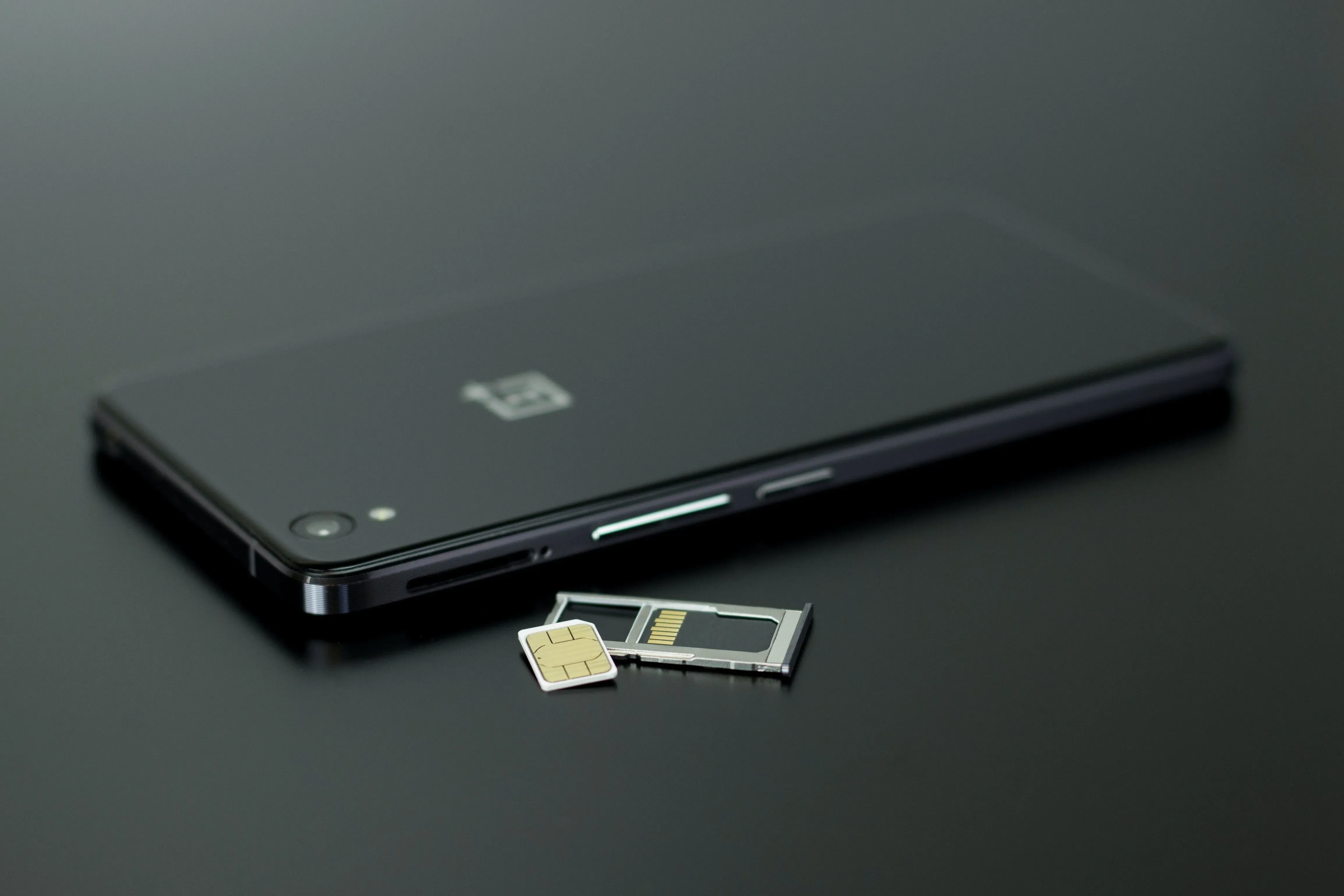Discover the Best (e)SIM Card for Japan and Korea
Connectivity options for your next Japan-Korea trip
Summary
Are you traveling to Japan and South Korea on the same trip? Due to their close proximity to each other, it is relatively common for travelers to visit these two East Asian countries together in a single trip. If you too are planning for a trip to Japan and Korea, read on to find out how you can seamlessly stay connected while on your trip!

Best Networks in Japan and Korea
Let's first get an overview of the networks in Japan and Korea. You want to choose a SIM card that provides reliable coverage in both urban areas and remote regions. This is especially important if you plan on traveling to rural areas or exploring off-the-beaten-path destinations. Look for providers that offer extensive coverage maps and have strong partnerships with local networks. This will ensure that you can stay connected and have a seamless experience no matter where you go.

Networks in Japan
There are three major network providers in Japan - NTT DoCoMo, SoftBank, and KDDI. Of the three, NTT DoCoMo is generally known to have the best coverage and widest reach, especially in suburban areas. If you are traveling to Hokkaido or the Tohoku region, DoCoMo is known to have a better coverage; but if you mostly going to be in main cities, all three providers do not differ much in terms of coverage. It might also be useful to note that DoCoMo is known to be the most aggressive in terms of speed throttling.
Networks in South Korea
The biggest players in South Korea would be SK Telecom, KT Olleh, and LG U+. All three providers have good speed and coverage, with small differences. Generally, SK Telecom and KT Olleh have a wider 4G coverage, whereas LG U+ has a slight edge with 5G.

Staying Connected in Japan and Korea
Now that we have an understanding of the networks in Japan and Korea, let's look at how we can stay connected.
Getting Local SIMs
One of the most common ways to stay connected when you travel is to get a local SIM. Getting a local SIM is traditionally one of the most affordable ways to staying connected. Getting a local SIM typically also provides you with the convenience of having a local phone number should you have to make any local calls. Instead of just physical SIMs, the Korean telcos also provide eSIMs with the option of having a local number, making it a very viable option to consider.

But if you will be traveling to both Japan and Korea, getting local SIMs (or eSIMs) might be cumbersome. While getting the SIMs (or eSIMs) directly from the local telcos could be a good option to consider when you are traveling to that destination, these options do not support roaming. That is to say- if you got a Korean SIM, you wouldn't be able to use that in Japan (and vice versa). So if you will be selecting this option, you will likely have to switch between multiple SIM cards as you travel between countries!
Enable International Roaming
Of course, we always have the option of enabling international roaming. Enabling international roaming does away with the hassle of getting separate SIM cards when you travel from destination to destination. However, international roaming is not cheap, and it is not uncommon for roaming bills to skyrocket.
If you will be roaming, check with your home telco for bundled plans or multi-country plans which provides coverage for the destinations that you will be traveling to.
Get Regional SIMs
Another option that you have would be to get a regional SIM. These regional SIMs typically work by latching onto a local network provider as you travel from country to country. With a single SIM, you will be able to stay connected as you travel through the various countries — all doing away with the hassle of having to change SIM cards. Some of the most established providers that offer regional SIM cards include ICC and Simify.
As the country coverage for each SIM provider differs, be sure to check which countries are included in the coverage. You should also note that if you are getting a physical SIM, these multi-country regional SIM cards often have to be purchased in advance before your trip — it is not always to find such options at a physical counter after arriving at your destination. So some advanced planning might be required if you were to order a regional SIM.

Nomad's Regional Plans for APAC
If you have an eSIM-enabled device, Nomad's Regional would be a great option for your Japan-Korea trip! Nomad has two regional plans which might be suitable for your Japan-Korea trip: the Regional Plan for APAC, and the Regional Plan for China-Japan-Korea. With Nomad's Regional Plans, you would have the benefits of a regional SIM, and more!
Nomad's regional plan for APAC and regional plan for China-Japan-Korea both include coverage for both Japan and Korea, and at a very affordable rate from as low as $1.30 per GB. With a single plan, you will be able to stay connected as you travel through both countries for your upcoming trip. Save the trouble of having to switch between multiple SIM cards.
The APAC plan would be a good choice if you are traveling to more destinations aside from Japan, Korea, and China within a single trip. However, if you will only be exploring Japan and Korea, then getting the regional plan for China-Japan-Korea would be a cheaper option!
Purchasing and activating Nomad's regional eSIMs is also very convenient — you don't have to worry about advance purchase or collection/delivery of the SIM card. In fact, you could complete your purchase right before your departure, or even after you arrive at your destination, so long you have an internet connection. Simply head to the Shop page and select a plan that is suitable for your trip duration and data usage habits. Upon successful purchase, you will receive a QR code to activate your data plan.



